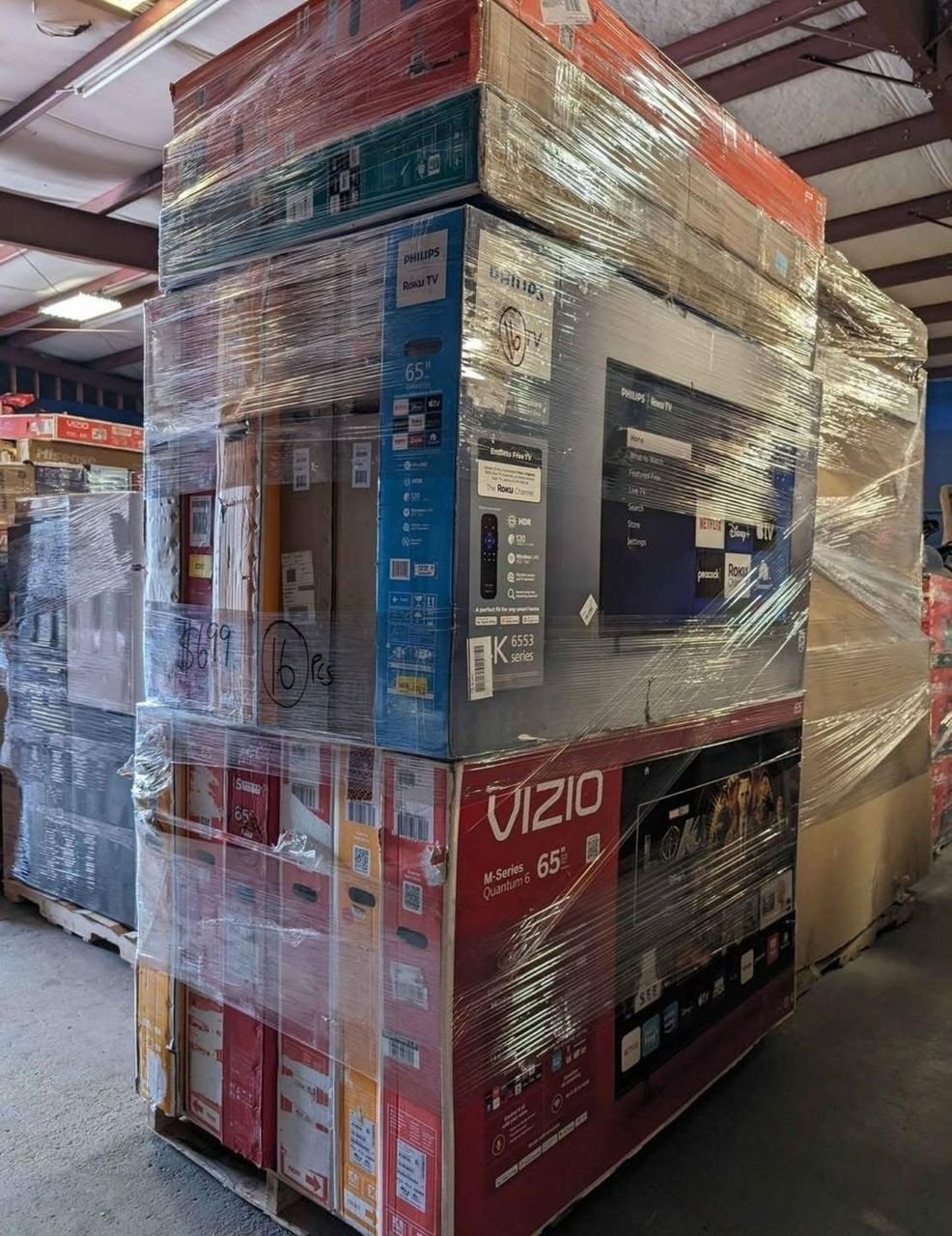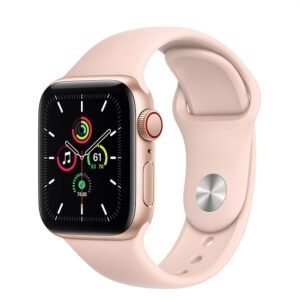TV Wholesale
$1,400.00 Original price was: $1,400.00.$1,200.00Current price is: $1,200.00.
A TV (Television)Tv for sale near me is an electronic device used to receive and display audiovisual content, such as broadcasts, movies, TV shows, or digital media. It allows viewers to watch moving images and listen to audio, making it a popular form of entertainment, news, and information.
Key Components of a TV:
-
Display Screen:
-
Tv for sale near me The screen is the most important part of a TV, and it displays the images and videos. Modern TVs use various types of screens, such as:
-
LED (Light Emitting Diode): A common technology for flat-screen TVs, known for energy efficiency and good picture quality.
-
LCD (Liquid Crystal Display): Uses liquid crystals for the display, often paired with a backlight.
-
OLED (Organic Light Emitting Diode): Offers superior picture quality with deeper blacks and more vibrant colors.
-
QLED (Quantum Dot LED): A type of LED display with quantum dot technology for improved color and brightness.
-
-
-
Audio:
-
TVs come with built-in speakers for sound output, though many users choose to connect external audio systems like soundbars or home theater systems for better sound quality.
-
-
Tuner/Receiver:
-
Tv for sale near me A tuner receives television signals, either from over-the-air broadcasts (antenna), cable, or satellite systems. Some TVs also have digital tuners to receive digital broadcast signals.
-
-
Ports and Connections:
-
Modern TVs come with multiple ports to connect external devices, such as:
-
HDMI (High-Definition Multimedia Interface): For connecting devices like gaming consoles, Blu-ray players, and streaming devices.
-
USB: For connecting flash drives or external hard drives for media playback.
-
Wi-Fi/Bluetooth: Many modern smart TVs connect to the internet via Wi-Fi or Bluetooth for streaming content or controlling the TV remotely.
-
-
-
Smart Features:
-
Smart TVs: These are televisions with built-in internet connectivity, allowing users to stream content from platforms like Netflix, Hulu, and YouTube, browse the web, or download apps directly onto the TV. They typically come with operating systems like Android TV, Tizen (Samsung), or webOS (LG).
-
Types of TVs:
-
LED TV: Standard flat-screen TV that uses LED backlighting for improved brightness and contrast.
-
OLED TV: Offers the best picture quality, with self-lighting pixels that create perfect blacks and more vibrant colors.
-
QLED TV: A type of LED TV with quantum dot technology that improves color accuracy and brightness.
-
Plasma TV: Older technology that has been mostly replaced by LED and OLED due to better energy efficiency and picture quality.
-
4K/8K TV: Ultra-high-definition TVs that offer much higher resolution than standard HD TVs. 4K has 3840 x 2160 pixels, and 8K has 7680 x 4320 pixels.
Common TV Features:
-
Resolution: This refers to the clarity of the image. Common resolutions include HD (1080p), 4K, and 8K.
-
Refresh Rate: This is the number of frames the TV displays per second. Higher refresh rates (like 120Hz or 240Hz) can lead to smoother motion in fast-moving scenes, like sports or action movies.
-
HDR (High Dynamic Range): A technology that increases the contrast and color range, making images appear more vibrant and realistic.
-
Smart Features: Built-in apps, internet connectivity, and voice control capabilities like Alexa, Google Assistant, or Apple Siri.
How TVs Work:
-
Signal Reception: A TV receives content either through cable/satellite providers, over-the-air broadcast, or internet streaming.
-
Display: The TV decodes the signal and displays it on the screen. The image quality depends on the TV’s resolution (HD, 4K, etc.) and the quality of the content source.
-
Audio: The TV also processes audio and plays it through built-in speakers or connected audio devices.
Be the first to review “TV Wholesale” Cancel reply
Related products
Uncategorized
Uncategorized
Uncategorized
Uncategorized
Uncategorized
Uncategorized
Uncategorized
Uncategorized












Reviews
There are no reviews yet.